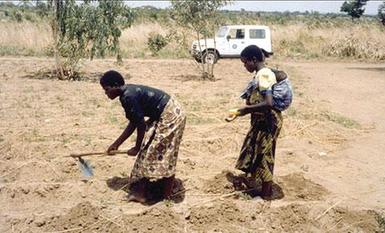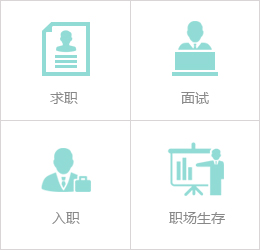分享到

Despite the large role women play in agriculture in the developing world, experts say they continue to face discrimination, gender inequality and a lack of access to credit. A global partnership is campaigning to secure rights for women farmers.
The Gender and Agriculture Partnership is made up of UN organizations, NGOs, World Food Prize laureates, and others. Its members are currently writing recommendations based on the recent Global Conference on Women in Agriculture in New Delhi.
Mark Holderness is executive secretary of the Global Forum on Agricultural Research, which convened the partnership.
He said, "At the moment we have a sort of the perfect storm of various reports that are highlighting the significance of women in agriculture and how little their needs are being attended to."
It's estimated women provide 43 percent of the agricultural work force in developing countries. But Holderness said in specific regions like Africa and parts of Southeast Asia, the figures are actually much higher.
"UNICEF estimates that women in Cameroon are doing 75 percent of the agricultural work - three quarters of the work – yet they own less than 10 percent of the farmland. We see similar things in East Africa as well. In Southeast Asia, women are responsible for 90 percent of rice production, but again own less than 10 percent of the land," he said.
Smallholder farms have received much attention since the 2007/2008 food crisis. There have been many calls to boost investment in the farms with the world population expected to reach 9 billion by 2050.
"We're seeing, for instance, a great deal of attention on national food security levels, but much less attention on household food insecurity where women have a very strong role. Essentially we're talking there about the role of women in agriculture in feeding children and ensuring that their growth is not stunted, as we're seeing in India, for example, despite the national levels of food security. There's still a real imbalance in distribution. And particularly in the rural poor, children are not growing up as well as they should given the amount of food that's available in the country."
Holderness said women farmers lack access to the latest tools, making farming physically exhausting. And they lack access to inputs, such as fertilizers, water, tillers, transport and agricultural extension services.
"We find for example that there are many mobile phones in the villages now, but generally speaking, they're often held by the men. When we look at how women culturally are allowed to move around to access new information, to learn new things, there are always constraints and barriers in that," he said.
He says the goal of the Gender and Agriculture Partnership is to make the profile of women much more visible.
"We need to look at what evidence we can produce for addressing the needs of women in agriculture. Often much of this at the moment is anecdotal or from specific local studies. And we need to really build up the evidence case to convince the policymakers," he said
The organization UN-Women is calling for "urgent action to unleash the potential of half the world's population." Holderness agrees.
"We need to really look at the rights of women within societies in terms of access to markets, to services, to equal pay for the same work. These are not new themes, sad to say. They're things that just simply haven't been put into action," said Holderness.
Research shows that men and women may also differ on the types of crops to grow. The International Food Policy Research Institute says, for example, that in Ivory Coast, men prefer short stature, high-yielding rice varieties. But women are reluctant to grow the variety, even though it's a high yield crop. They say they find it difficult to harvest the rice while carrying infants on their backs.
G20 experts to meet on food security solutions
Peace Corps at 50: same mission of aid, just smaller
Closing gender gap could boost world food supply
(來源:VOA 編輯:Rosy)
分享到
關(guān)注和訂閱


翻譯
關(guān)于我們 | 聯(lián)系方式 | 招聘信息
電話:8610-84883645
傳真:8610-84883500
Email: languagetips@chinadaily.com.cn